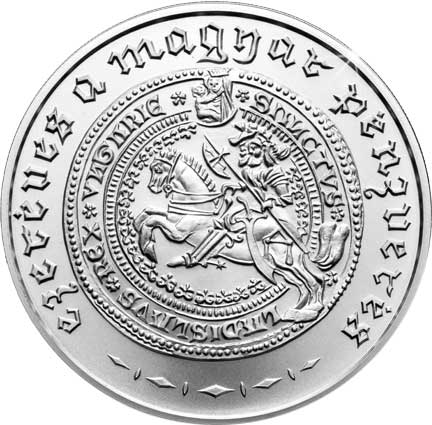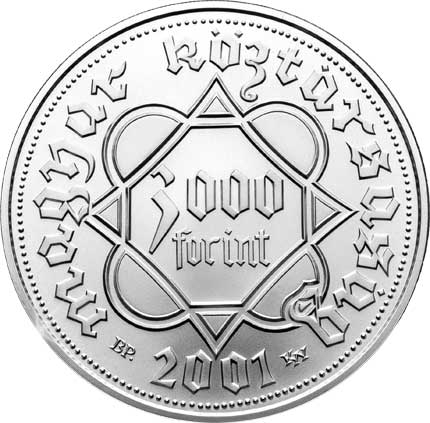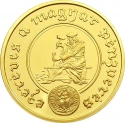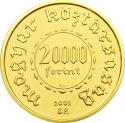You are about to finish your registration. Please check your mailbox (including spam folder). There should be a letter with a confirmation link. Check setting to make sure that your e-mail address is correct.
Send letter againDescription
Hungarian coinage spans a millennium, evolving through distinct phases. Originating with early coins minted under King Stephen I during the Middle Ages, Hungary's numismatic journey began with coins resembling Byzantine and Western European currencies, adorned with Christian symbols and Latin inscriptions.
In the medieval era, Hungarian coinage thrived, mirroring the kingdom's cultural and political landscape. Rulers of the Árpád dynasty minted coins featuring monarchs, saints, and heraldic motifs, reflecting the kingdom's identity through designs and inscriptions in Latin and Hungarian.
The Renaissance and Baroque periods marked a "Golden Age" of Hungarian coinage, showcasing intricate designs and craftsmanship. The establishment of the Hungarian Mint in the late 15th century further elevated coin quality, reflecting artistic and cultural progress.
However, the 16th century brought changes as Hungary fell under Habsburg rule, integrating its coinage with Austrian traditions. Austrian mints began producing coins for Hungary, influencing design and production.
Modernization continued with the introduction of the forint in 1946, replacing previous currencies like the pengő. During communism, coins featured socialist symbols, but post-1989, designs embraced traditional Hungarian symbols, reflecting newfound freedom.
Engraver: György Kiss
Obverse

|
The Guldiner features the equestrian image of Saint Ladislaus from the reign of King Ladislaus II, accompanied by a Latin inscription. Encircling the coin is the inscription "Hungarian Coinage Millennium" arranged in a circular pattern, with a decorative line at the base. ezeréves a magyar pénzverés |
|---|---|
Reverse

|
Depicts a square form with its corners intersected by lines, creating an octagonal shape. Inside, the denomination is displayed horizontally, with the country name (Hungarian Republic) positioned below. Each side of the shape features a semicircular element. Along the edge, a row of beads encircles the design, with an inscription visible within the rim. At the base, the mintmark (BP), year of issue, and engraver's privy mark are inscribed. magyar köztársaság |
| Edge |
The intricately embossed pattern features the years "1001-2001" engraved in the recesses, accompanied by the mintmarks representing historical Hungarian minting sites — Budapest, Nagybánya, Körmöcbánya, Nagyszeben, Gyulafehérvár, Fogaras, Kolozsvár, Munkács, and Kassa — visible along the edges. BP · NX · KB · HX · GY · F · AF · MM · C + |



